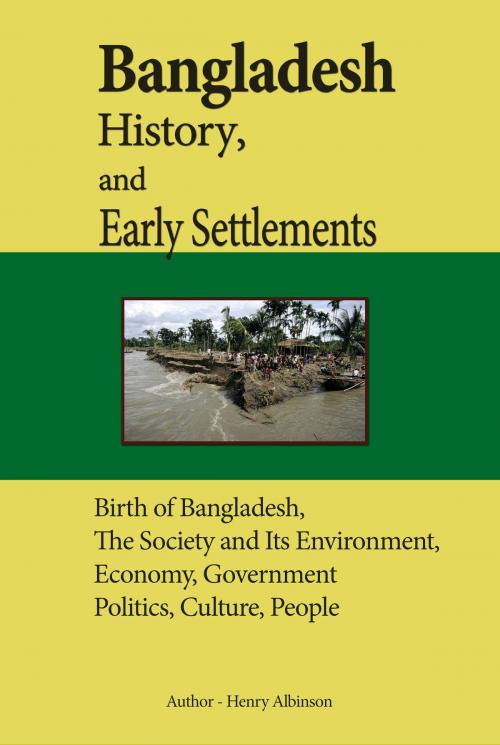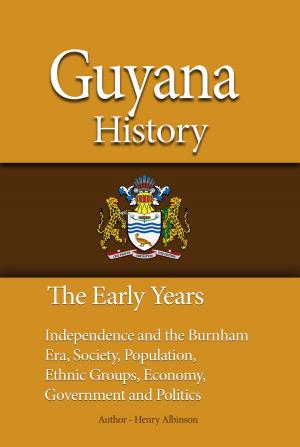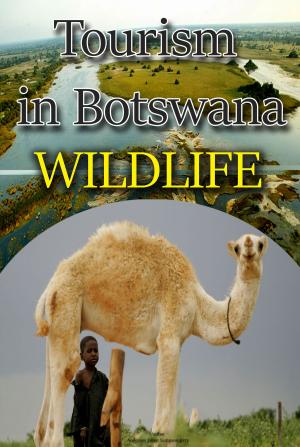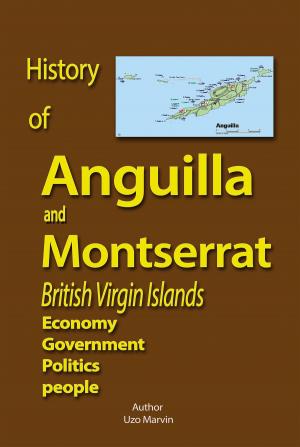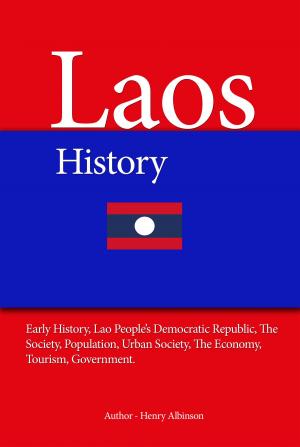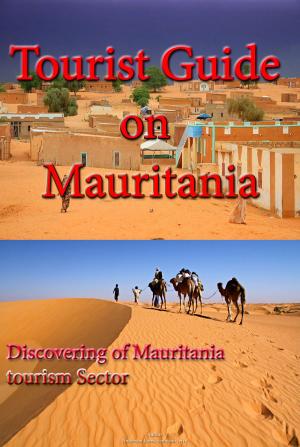Bangladesh History, and Early Settlements
Nonfiction, History, Asian, Southeast Asia, Fiction & Literature, Cultural Heritage| Author: | Henry Albinson | ISBN: | 9781311912374 |
| Publisher: | Sonit Education Academy | Publication: | June 25, 2016 |
| Imprint: | Smashwords Edition | Language: | English |
| Author: | Henry Albinson |
| ISBN: | 9781311912374 |
| Publisher: | Sonit Education Academy |
| Publication: | June 25, 2016 |
| Imprint: | Smashwords Edition |
| Language: | English |
Bangladesh environment, history of Bangladesh, People, government, culture, tourism, learn more about this country from its early days.
For most of its history, the area known as Bangladesh was a political backwater--an observer rather than a participant in the great political and military events of the Indian subcontinent. Historians believe that Bengal, the area comprising present-day Bangladesh and the Indian state of West Bengal, was settled in about 1000 B.C. by Dravidian-speaking peoples who were later known as the Bang. Their homeland bore various titles that reflected earlier tribal names, such as Vanga, Banga, Bangala, Bangal, and Bengal.
The first great indigenous empire to spread over most of present-day India, Pakistan, and Bangladesh was the Mauryan Empire (ca. 320-180 B.C.), whose most famous ruler was Asoka (ca. 273-232 B.C.). Although the empire was well administered and politically integrated, little is known of any reciprocal benefits between it and eastern Bengal. The western part of Bengal, however, achieved some importance during the Mauryan period because vessels sailed from its ports to Sri Lanka and Southeast Asia. During the time of the Mauryan Empire, Buddhism came to Bengal, and it was from there that Asoka's son, Mahinda, carried the message of the Enlightened One to Sri Lanka. After the decline of the Mauryan Empire the eastern portion of Bengal became the kingdom of Samatata; although politically independent, it was a tributary state of the Indian Gupta Empire (A.D. ca. 319-ca. 540).
Bangladesh environment, history of Bangladesh, People, government, culture, tourism, learn more about this country from its early days.
For most of its history, the area known as Bangladesh was a political backwater--an observer rather than a participant in the great political and military events of the Indian subcontinent. Historians believe that Bengal, the area comprising present-day Bangladesh and the Indian state of West Bengal, was settled in about 1000 B.C. by Dravidian-speaking peoples who were later known as the Bang. Their homeland bore various titles that reflected earlier tribal names, such as Vanga, Banga, Bangala, Bangal, and Bengal.
The first great indigenous empire to spread over most of present-day India, Pakistan, and Bangladesh was the Mauryan Empire (ca. 320-180 B.C.), whose most famous ruler was Asoka (ca. 273-232 B.C.). Although the empire was well administered and politically integrated, little is known of any reciprocal benefits between it and eastern Bengal. The western part of Bengal, however, achieved some importance during the Mauryan period because vessels sailed from its ports to Sri Lanka and Southeast Asia. During the time of the Mauryan Empire, Buddhism came to Bengal, and it was from there that Asoka's son, Mahinda, carried the message of the Enlightened One to Sri Lanka. After the decline of the Mauryan Empire the eastern portion of Bengal became the kingdom of Samatata; although politically independent, it was a tributary state of the Indian Gupta Empire (A.D. ca. 319-ca. 540).
